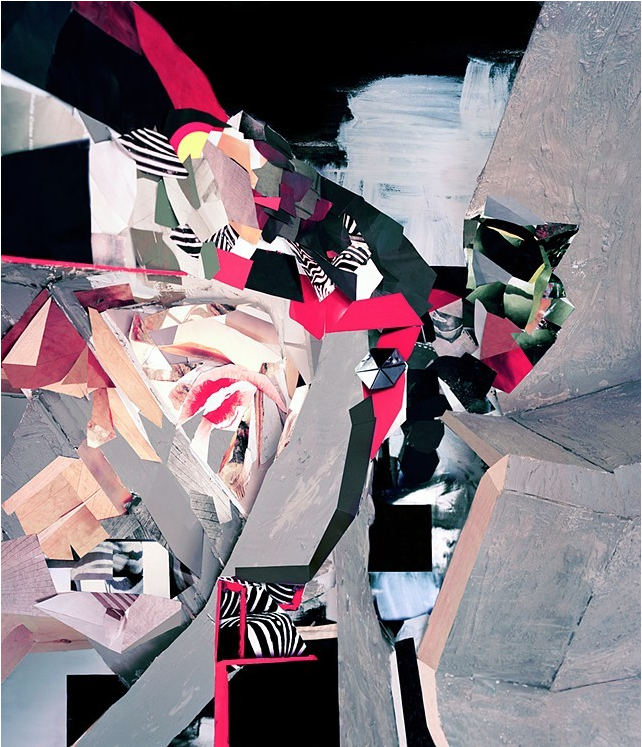What is your favorite creative tool?
I would say two - my exacto knife and glue gun.
What might we find in the corner of your studio?
Piles of cardboard in all shapes and sizes, stacks of architecture books, fragments of failed constructions, printed matter, rolls of photographs, and house plants.
Describe the moment you first discovered art?
My grandfather was a psychiatrist in Delhi and had an incredible library. I remember a book of paintings by patients being treated for schizophrenia. I was so struck by these images; they had a profound impact on me. I must have been five or so.
What excites you most about your work now, and how do you see your work developing?
My practice intersects multiple mediums - primarily photography and sculpture. More recently I’ve been exploring the relationship between architectural space, migration, and the body- how does the body, individual and collective, find legibility within space? What are the boundaries? I use the ‘genre’ of the architectural model as a departure point, but my three dimensional works are larger, sculptural and more complex. I’m really excited to follow this line of thought.
Knowing how much time and effort you dedicate to constructing your tableaux, why do you choose to exclusively exhibit your photographs and not the physical structure as well?
The camera is the ‘eye’ into my structures. My interests are in the relationship it has to the scene, the way the photograph translates space and three dimensionality. The photograph becomes both the object and the record, since there is no referent (the scene is discarded afterwards). I’m much more interested in the memory of the construction than its literal physicality.

Yamini Nayar, Garden for Laborers, 2015, photograph